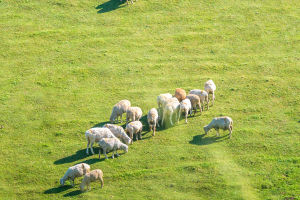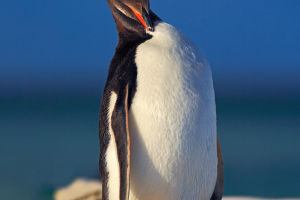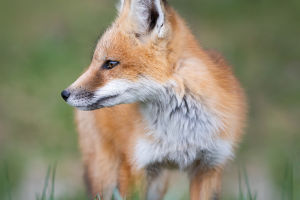Swallows spend a lot of time catching airborne pests. They are one of the most flexible passerines. They mainly feed on insects such as mosquitoes and flies. They are well known beneficial birds.
They build their nests in tree holes or stone crevices, or drill holes in sand embankments, or stick mud on protruding places such as walls or corridors, roofs, and eaves in urban and rural areas.
It has a relatively long body, a small and pointed mouth, a large chin, thin wings and a tail with forked wing tips. The back feathers are mostly bright blue and black, and the wing tips are long and conducive to flight, which is the beak shape of a typical insectivorous bird.
Distribution.
In winter, the food supply for swallows in temperate regions is greatly reduced, so many species migrate. Swallows migrate during the day and fly low.
In addition, they often forage during migration, so their fat reserves are lower than other migratory birds of the same size.
Species that breed in Africa often migrate according to rainfall patterns, but little is known about them. There is no fixed migration route.
Living habits.
Food.
They feed on insects and are accustomed to preying on airborne insects. They are not good at finding insect food in tree crevices and ground crevices. They mainly eat insects such as mosquitoes and flies.
Swallows are usually gregarious and monogamous. Males and females brood together, while nest building and hatching are usually the responsibility of the female. However, males often mingle and are keen to seek out opportunities to mate with females other than their mates.
Function.
The elongated body reduces drag during flight. Some breeds have long tail feathers to increase lift.
It acts like the flaps of an airplane, ensuring that the airflow passes smoothly over the wings and delays the passage of airflow when the swallow is ready to land, allowing the swallow to fly without increasing drag.
Nest.
Swallows have a keen awareness of the environment when choosing a site and usually choose a dry, well-ventilated place to build their nest.
Bird's nest is mainly composed of mud and dried straw. These special materials can play the role of "heat preservation", which is conducive to the growth of young swallows, and can also protect young swallows from being disturbed by other animals.
Swallows are willing to contact and get along with people. They are well-known beneficial birds. Please treat them kindly.


